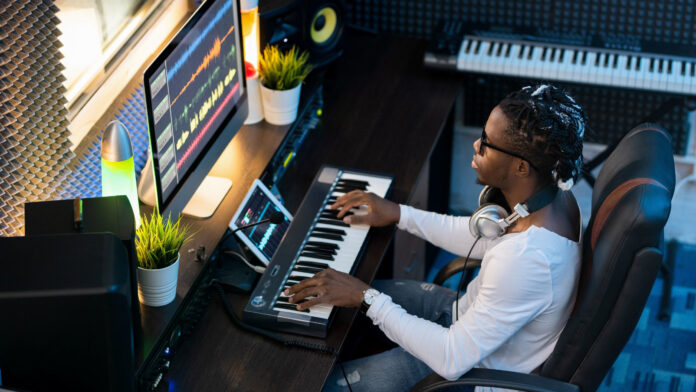
For music production, sampling is the act of taking an existing sound recording or part of a recording and reusing it in a new composition. This practice can be applied to any sound source, ranging from vocals and instruments to found sounds or ambient noises. Sampling is a powerful tool that can help producers create new sounds and textures out of previously recorded material.
Producers often use digital audio workstations (DAWs) to access their samples, allowing them to load recordings into the software and manipulate them in various ways. With DAWs, producers can apply effects such as reverb, delay, flanger, and filtering for more creative control over the sampled material.
Additionally, DAWs provide options for chopping up samples into smaller bits or combining multiple samples together to create new compositions with unique rhythmic patterns and melodies. If you want to become a better musician, you can contact the Sample Lab and they help you create a sample
Choosing the Right Samples

First and foremost, pay attention to the tempo of your track. It is essential that your samples have the same BPM (beats-per-minute) as what you are trying to create. For example, if your beat has a tempo of 120 BPM, then any sample that you use should also be matched at this tempo in order for it to blend properly in a mix.
Second, consider the quality of your samples. Poor audio quality can ruin a great track – since it tends to sound cheap and distracting when looped over an extended period of time during playback.
It is best practice to opt for higher-quality audio sources such as WAV or AIFF files or high-resolution MP3s when possible – as these have superior sound reproduction qualities compared to other formats like MIDI or 8 BIT audio files which tend to sound compressed and muffled when used in longer musical sequences.
Finally, focus on finding unique sounds for your mix by exploring different types of digital instrumentation or even sampling vintage recordings from vinyl discs or reel-to-reel tapes as well as more modern live instruments like synths and drum machines – all of which bring an added sonic dimension to any production!
Working in a Digital Audio Workstation
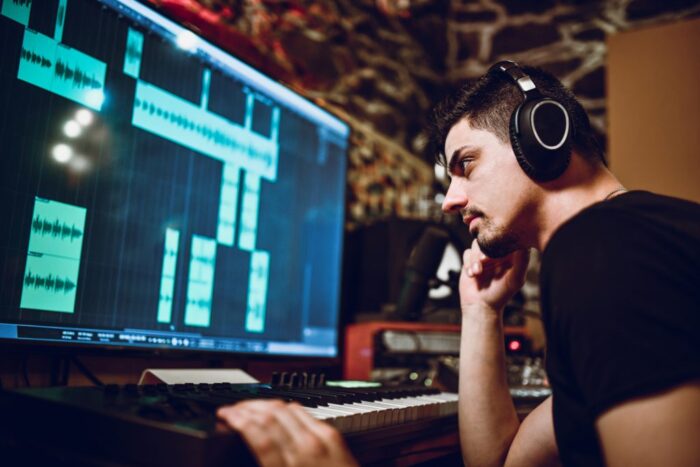
For those looking to start creating music with samples, a Digital Audio Workstation (DAW) is one of the more popular options. A DAW is a software program that allows users to record, arrange, and modify audio recordings from both digital and traditional sources. With a DAW, you can work with individual sound clips or pre-existing loops as samples for your compositions.
When working with samples inside a DAW, it’s important to understand the basics of how the program works. Start with basic functions such as loading and manipulating sampled audio in the main window, adjusting track levels and panning placement in the mixer section, and adding effects such as EQ, compression, or reverb to refine your sound.
When adding these effects to your sampled audio clips., be careful not to overdo them – they can really alter the original tone of each sample unless used sparingly.
Once you’ve got a good understanding of how your records work within a DAW program, it’s time for you to get creative! Experimentation will help you find new sounds which can add new textures to help shape your song or composition in even more exciting ways than before.
Some techniques you may want to experiment with include layering multiple samples together, pitching slower or faster speeds, and blending different layers together using FX processing and filters. Once you’re familiar with all of these techniques, you’ll be ready to build fully fleshed-out audio tracks with just samples!
Creative Techniques for Working with Samples
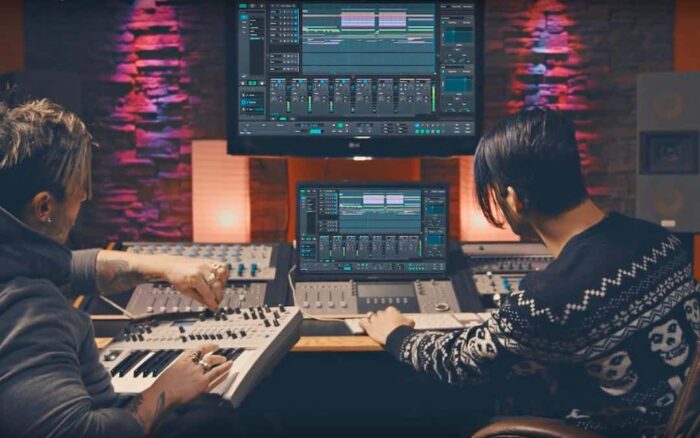
When making music with samples, it is important to explore the creative possibilities available. They can be manipulated in myriad ways to create a unique sound and inject a personal touch into a track. Here are some creative techniques that producers use to bring life and flavor to their sampled sounds.
Looping:
Specifically looping a sample can create intricate textures and patterns adding depth to your production. Experiment with looping portions of your samples for variations in rhythm and groove.
Pitching:
Changing the pitch of the sample by speeding up or slowing down its BPM, creates all sorts of new possibilities for your sound palette, from chillout vibes, classic Amsterdam Garage drum feels, noir-ish lofi hip-hop styles to Fela Kuti-influenced drums with African Brass infused sounds.
FX Processing:
Adding effects such as reverb and delay can help transform sounds into something more unique. Effects processing also helps blend samples into existing elements already in your track and make them sit more naturally within the mix.
Editing & Layering:
This is an age-old technique used in recording studios since day one but is still used heavily by modern-day producers. By cutting up sections of audio or using multiple copies of parts you can build dynamic new versions or edits of the original sample, creating layers that will give depth and texture to your finished song.
Tips for Making Music
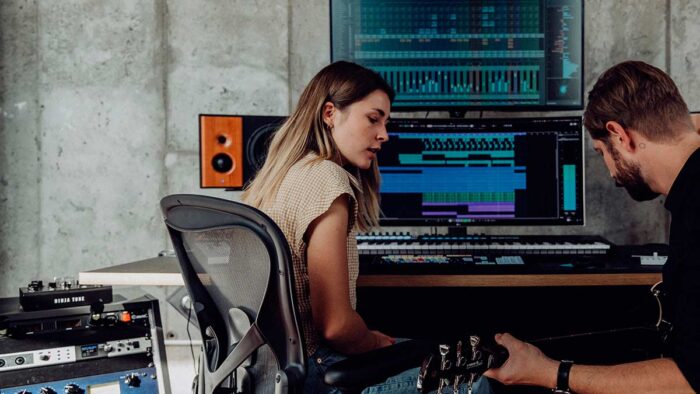
Making music with samples is an art form that requires skill in manipulating sound files so that they sound the way you want them to. Whether you’re starting with pre-made samples or creating your own, building an amazing beat takes some practice, but with a bit of creativity and these tips, anyone can make their own music using samples.
Start With A Kit
When beginning any music project, having a sample kit on hand can be extremely helpful. This collection of sample libraries will provide you with a strong base to work from as you build your beats.
Experiment With Soft Synths
There are many software options available for making your own electronic music, but don’t forget to dig deep into what soft synths offer as part of their sonic pallet. If a sound doesn’t seem quite right for the song you’re working on, you may find something better in one of these tools.
Find Inspiration in Old Recordings
Go digging through crates of old records and see what inspiration comes up! Simple recordings made decades ago can still hold relevance today. Use snares from vinyl records, old-school drum machines, or vocal snippets from classic soul albums to make your recordings stand apart from modern samplers.
Conclusion
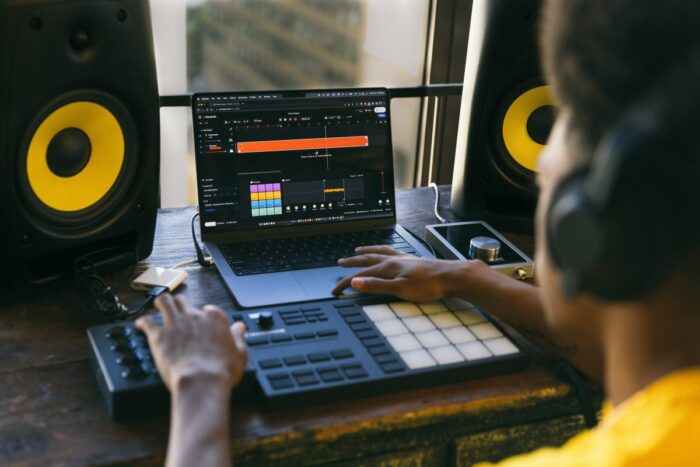
Making music with samples can be a creative and rewarding process. With just some basic knowledge of how to find, download, and manipulate them, you can create unique songs that have their own unique character.
You could even start your own record label or become the next big producer in the industry! No matter what your dreams are for making music with samples, take advantage of all the free resources out there so you can make something truly special.
















